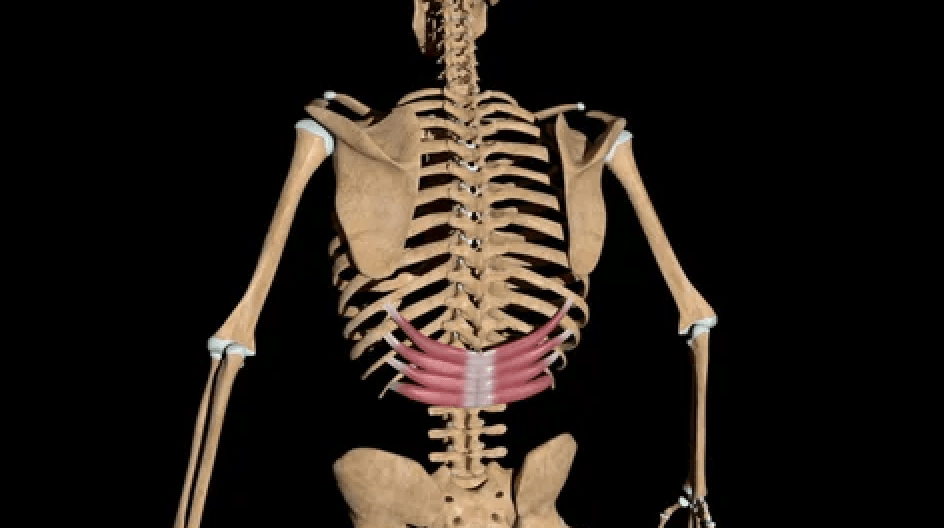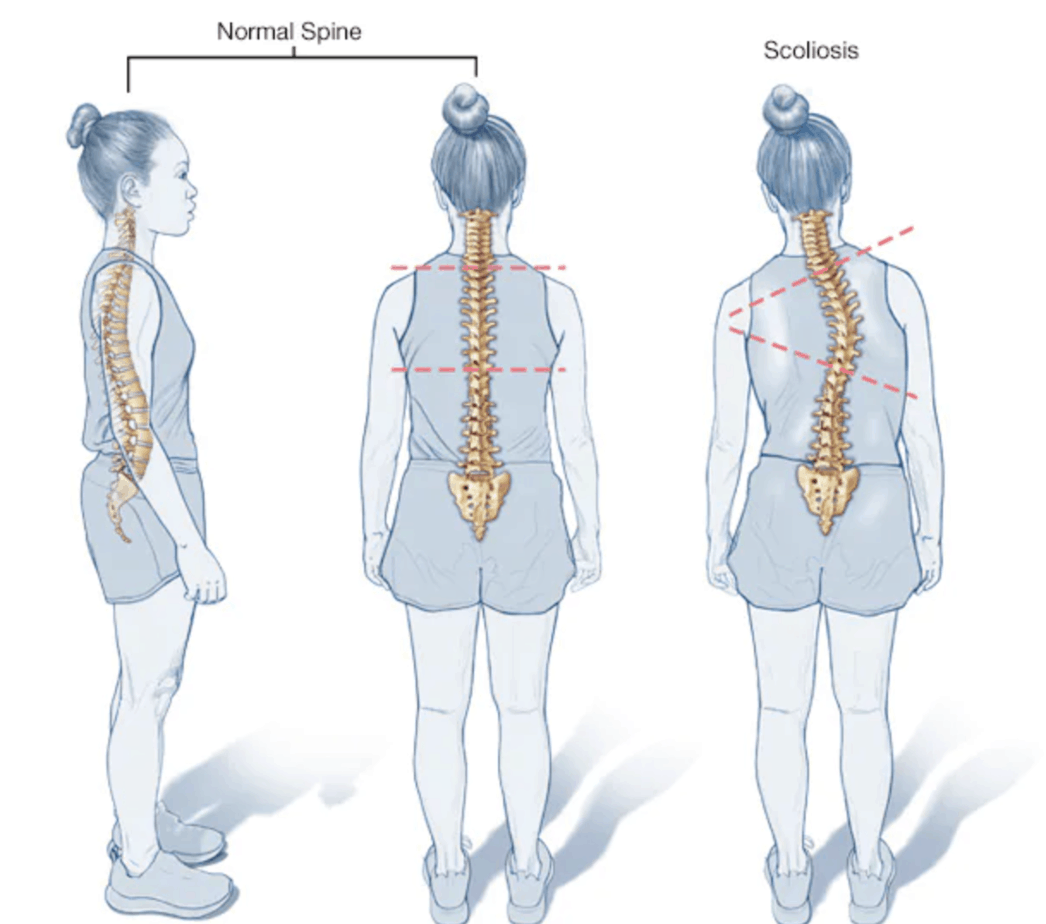We all have medical questions that we want answered – that’s why Dr. Amna Asif is here to provide us with her expert opinion! Every other week, she will be sharing her expert advice with us regarding a range of topics our followers are interested in learning more about. This week in Doc Talk, she talks about scoliosis. Read ahead to find out the symptoms, diagnosis and more:

What Is Scoliosis?
Scoliosis is an abnormal lateral or sideways curve of the spine.
The healthy spine has three natural curves that form a loose ‘S’ shape: at the neck, upper back and lower back. From the rear, the healthy spine should look straight. When a person has scoliosis, they have an abnormal sideways curve that makes the spine look tilted when viewed from the back. It can occur at any age, but tends to start in children and teenager — 90% of patients are female. Scoliosis can get better without any treatment, but can also get worse with time. People with scoliosis may need to see their doctor regularly to check on its progress. Early diagnosis and treatment is important.
Scoliosis is not contagious and is not simply caused by bad posture, a soft mattress, carrying a heavy school bag or eating junk food. Scoliosis tends to run in families. When a curve is detected in one member of the family, other children should also be examined by the family doctor. If there is a history of a blood relative, especially a female cousin, having been treated for scoliosis by brace wearing or surgery, then this strengthens the case for spinal examination as a regular health check between 10 and 13 years of age. Scoliosis which requires treatment is far less common in boys than in girls. The ratio of boys to girls requiring treatment is about 1 to 10.
Symptoms
The symptoms and signs of scoliosis include:
- Head not centered over the body
- Uneven shoulders, or one shoulder blade that sticks out more than the other ∙ uneven waist creases
- Unusual gaps between one arm and the trunk
- One hip higher than the other
- An obvious exaggerated curve of the spine
- An uneven posture
- Back pain
Causes
Most of the time, the cause is unknown, and scoliosis develops in otherwise healthy children. Sometimes it is congenital, meaning it is present at birth, accounting for about 80% of cases. It is sometimes caused by problems with the nerves and muscles, such as with cerebral palsy or muscular dystrophy.
Diagnosis
Your doctor can diagnose scoliosis simply with a physical examination.
If your doctor thinks you or your child has scoliosis, they may refer you to an orthopedic. The specialist will do a physical examination, and may order tests such as an X-ray, CT scan or MRI.

Treatment
Treatment usually aims to straighten the spine to improve the person’s appearance. The choice of treatment depends on the severity of the scoliosis and the age of the person affected. Most cases of scoliosis are mild, and may need no further investigation or treatment.
If more severe, regular check-ups may be require, and the treatment may involve wearing a brace or a plaster cast, which can help prevent the curvature getting worse.
For some people, the curvature is so severe that surgery is suggested. That might involve the insertion of metal rods to straighten the spine, or surgery to fuse some of the bones together.
Physiotherapy and specific exercises can help ease pain, but there is no scientific evidence that physical therapy (exercise programs) and spinal manipulation (chiropractic adjustments) will either correct a significant scoliosis or halt its progression.
What Happens If Severe Scoliosis Is Not Treated?
The curve may increase unnoticed during the growing years. Moderate and severe curves may also increase in adult life, on average 15 to 30 degrees. Some curves may increase with pregnancy. Severe pain, physical deformity and wear and tear arthritis may occur during middle life. Early detection is important.
Psychological Impact Of Scoliosis
Children and teenagers with scoliosis who need to wear a brace or have surgery may experience problems with self esteem and body image, and may need emotional support.








What do you think?
You must be logged in to post a comment.